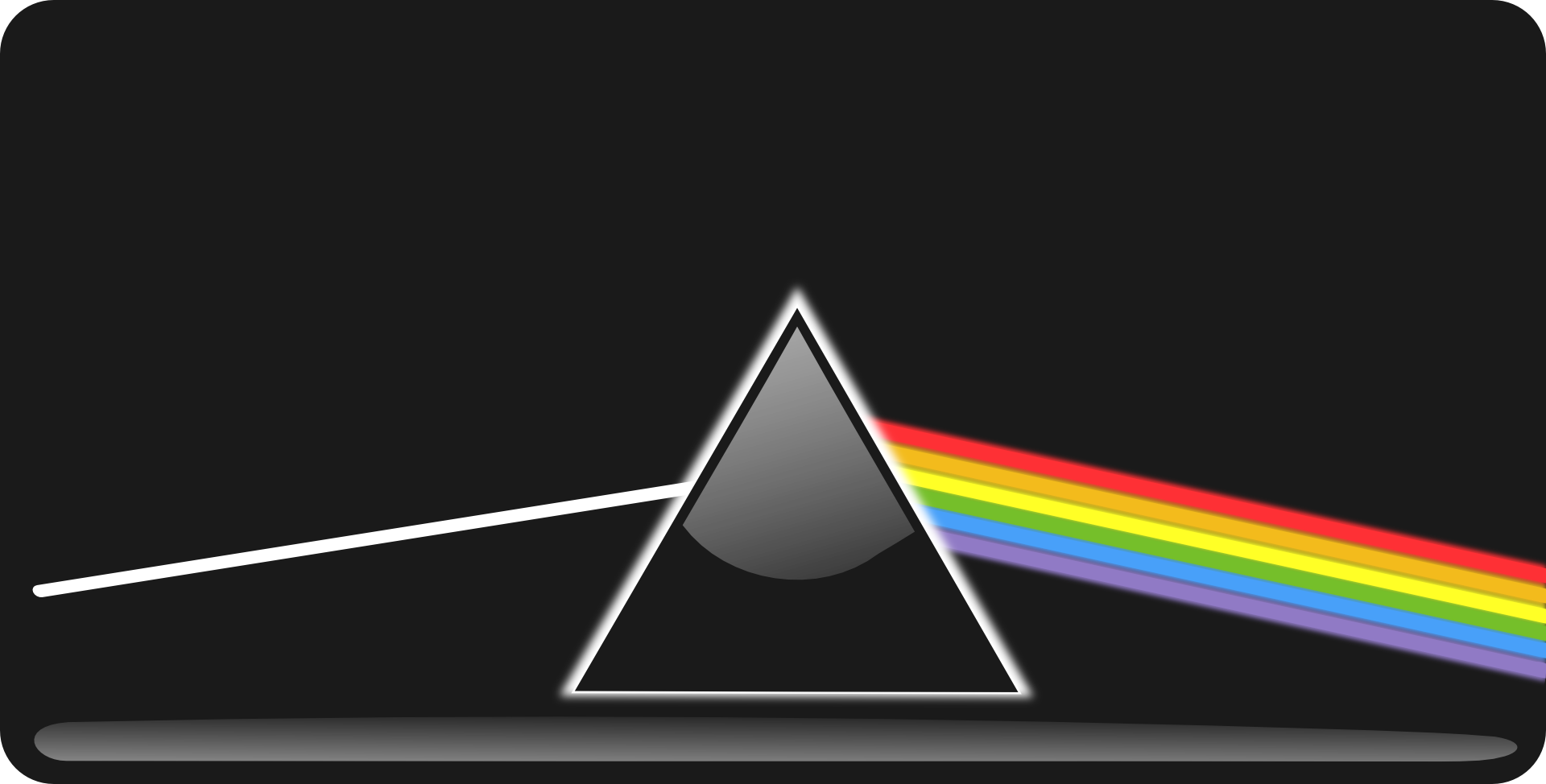
5 Cool Kinds of Optical Prisms
Prisms: they’ve been around since ancient Rome, but they’re on the cutting edge of modern technology.
Optical prisms are three-dimensional shapes in which two or more of the sides come together. Prisms can change a beam of light by reflecting, displacing, inverting, and rotating it. They have many uses in science and technology. In fact, you might use prisms every day without knowing it!
The cool properties of prisms have fascinated science geeks for centuries. Are you ready to be fascinated too? If so, keep reading — this article will explain the coolest types of prisms and how we use them every day.
Contents
Dove Prisms
This kind of prism doesn’t have anything to do with birds. The dove prism takes its name from its inventor, Heinrich Wilhelm Dove.
The dove prism has a lot in common with the right-angle prism, which acts as a mirror to bounce light at a 90-degree angle.
However, the dove prism has a twist. It is shaped like a right-angle prism except that the corner is cut off. This unusual shape gives it interesting abilities.
When you shine an image into it, it can rotate that image at twice the prism’s angular rate. For instance, if you rotate the prism 45 degrees, the image will rotate 90 degrees.
It can also turn an image upside down (invert) or reflect it (retroflect) depending on the angle you use. Since it has so many different properties depending on the angle of incidence (the angle at which light hits the prism), it’s crucial to use the right angle for the right application with dove prisms.
Uses of Dove Prisms
The unique properties of dove prisms make them complex to work with. They are used in highly specialized fields, including interferometric space imaging. Dove prisms are also found in fiber optics, astronomy, and oceanography.
Pentaprisms
Like right-angle prisms, pentaprisms reflect a beam of light at a 90-degree angle.
However, in a right-angle prism, the light only bounces off of one surface. This causes the beam or image to rotate 180 degrees, like a reflection in a mirror.
A pentaprism is different. It has five sides, allowing the light to reflect inside the prism twice. This allows the image to be transmitted through the beam without mirroring it.
A pentaprism’s five sides also make it possible for it to transmit an image at 90 degrees no matter the angle of incidence.
Film cameras use pentaprisms to transmit the image from the camera lens to the eyepiece. Pentaprisms are also used in surveying and construction to establish right angles. To source high-quality commercial prisms for your project, browse this website.
Corner Cubes
A corner cube prism has one flat circular surface, with two flat surfaces coming to a triangular point behind it.
Corner cubes are retro-reflectors. This means that when you shine a beam of light into the prism, the prism reverses the beam’s direction and sends it back. The beam of light always returns in the same direction that it came from.
When you shine an image into a corner cube prism, it reflects the image directly back. However, the emerging image is rotated by 180 degrees.
One of the coolest features of corner cubes is that they work the same way no matter what angle the light hits them. No matter the angle of incidence, a corner cube will reflect light along that path.
Corner Cubes in Radar Technology
As retroreflectors, corner cubes have a wide variety of applications. One of their most important applications is radar.
Radar technology uses high-frequency radio waves instead of visible light to “see” objects at a distance. A radar instrument sends out invisible radio waves. If those radio waves hit an object, they bounce back and are recorded by the radar instrument, showing where the object is.
Corner cube prisms can make radar much more efficient.
Corner cubes retroflect radio waves directly back at their source. This gives the radar instrument a clear radar signal to pick up, making it easier for radar to “see” where they are located.
You can see corner cube prisms located on all kinds of radar targets, from sea buoys to weapons testing targets. It’s important to have corner cubes mounted on ships and lifeboats so that a radar signal can quickly locate anyone whose ship is in distress.
Rhomboids
Rhomboid prisms are shaped like a rectangle that is leaning to one side. This off-center shape gives rhomboid prisms unique abilities.
When you shine an image through a rhomboid prism, the light bounces off of one of the tilted sides, bounces off of the second, and then exits the prism.
This displaces the image to one side without reflecting it. The image doesn’t get flipped or inverted but moved slightly to one side. If you’re wondering how this could be useful in daily life, think about the last time you looked through a pair of binoculars.
Many binocular manufacturers use rhomboids to bring the two broad visual fields closer together. When you look through the eyepieces, the two visual fields combine to create a single visual perspective.
Bore-Sight Prisms
Gunsights are another everyday application of prisms. Using prisms in bore sights gives you a slightly magnified image of your target without the eye strain that comes with traditionally magnified gun scopes. Bore-sight prisms can also be adjusted if the sight is not perfectly in focus.
The Coolest Optical Prisms
There you have it: 5 of the most interesting and important optical prisms. By bending, reflecting, and rotating beams of light, prisms power all kinds of modern technology. From lifesaving radar technology to a pair of binoculars, we use the power of prisms all the time.
If you found this article interesting, don’t forget to check out the rest of our blog. You’ll find more exciting content on business, lifestyle, and technology.


Comments are closed.